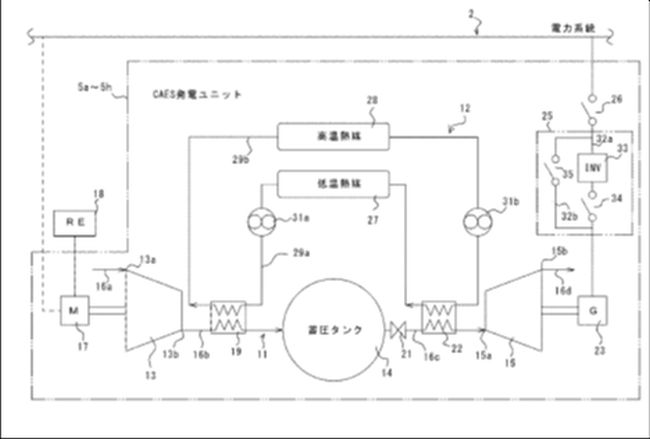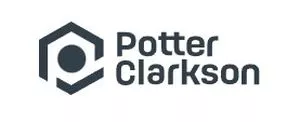- within Privacy topic(s)
Software is playing a greater role in all aspects of innovation.
Innovative software has become much more than desktop computer applications and can be found in a huge number of products providing advantageous functionality and control, especially as products become more connected. The energy storage sector is no different. Software is an integrated part of the processes involved in manufacture and testing of battery cells; the management of cooling systems for liquified gas storage; the control of the stability of energy network with energy storage capability.
Even with software becoming a common part of most energy technologies to some degree, there is still a lot of confusion out there as to what is actually possible in relation to protecting the software elements.
To be patentable an invention needs to overcome these two hurdles:
- not fall within one of the excluded technologies, which includes "computer programs" and "the presentation of information"... as such"
- be new and inventive i.e. non-obvious
To overcome hurdle one, the software needs to be linked to something technical. Thus, computer programs are only excluded from patentability to "the extent to which a European patent application or European patent relates to such subject-matter or activities as such."
This wording is critical because it means that if the software performs a technical function or is linked to a technical process, then innovations in software can be protected effectively provided they can overcome hurdle two.
In a patent, the invention needs to be defined precisely and this is the purpose of the "claims" of the patent. Thus, a patent will include a detailed description of the problem, how it was addressed and different working examples, but it is the "claims" that define what the applicant feels is the key definition of the invention. If the European Patent Office (EPO) can see that the claims which define the functionality of the software are linked to a technical entity that is not exclusively within the excluded technologies, then we can overcome the first hurdle.
To overcome the second hurdle, we need to ask "Does the claimed invention provide a non-obvious technical solution to a technical problem?"
It is therefore important to make sure the patent application discloses and claims the invention in a way so that the question can be answered with a clear "yes".
WHAT IS TECHNICAL?
When dealing with patents for computer programs or algorithms, to be successful the computer algorithm must be deemed to make a technical contribution over the prior art. But what is a technical contribution?
Here are some examples of potentially patentable technical contributions:
- Automated control of a process
- Error detection
- Improved measure of performance or of a characteristic
- Improved accuracy / results
- Faster / more efficient processing
If your software makes any of the above technical contributions then it may be patentable.
EXAMPLES OF ENERGY STORAGE RELATED PATENTS
So what does a software patent in the field of energy storage look like?
Kobe Steel have a patent application for a control method for a "Compressed Air Energy Storage Power Generation Device".
It is described that "The CAES (Compressed Air Energy Storage) power generator comprises: a plurality of CAES power generation units 5a-5h; and a control part 6. The CAES power generation units 5a-5h each include a switching part 25 capable of executing switching of a generator 23 between a transmission operation for connecting the generator 23 to a power line 2 via an inverter 33 which controls the rotational speed of the generator 23 and a synchronous operation for directly connecting the generator 23 to the power line 2. The control part 6 sets the generator 23 of each of the CAES power generation units 5a-5h to one of the transmission operation and the synchronous operation in accordance with the stability of the power line 2.

DOOSAN ENERBILITY CO LTD have a US Patent for a "Hybrid power generation facility and method of controlling same".
The patent protects a method of controlling a hybrid power generation facility including a gas turbine, a GT (gas turbine) generator configured to generate electric power using a driving force generated by the gas turbine, a boiler including a combustion chamber and configured to mix the first combustion gas supplied from the turbine of the gas turbine with air and fuel supplied from the outside, a steam turbine through which steam generated in the combustion chamber passes, a ST (steam turbine) generator configured to generate electric power using a driving force generated by the steam turbine, and an energy storage system configured to be discharged based on an increase rate of power demand of a grid and a maximum increase rate of power supply from the GT generator and the ST generator, the method comprising: increasing, by the ST generator, the power supply to the grid if the power demand of the grid increases and the maximum increase rate of the power supply from the ST generator exceeds the increase rate of the power demand of the grid.
The content of this article is intended to provide a general guide to the subject matter. Specialist advice should be sought about your specific circumstances.


